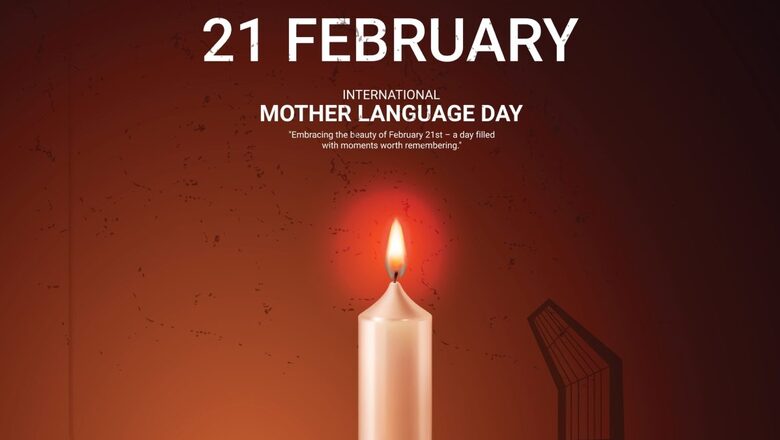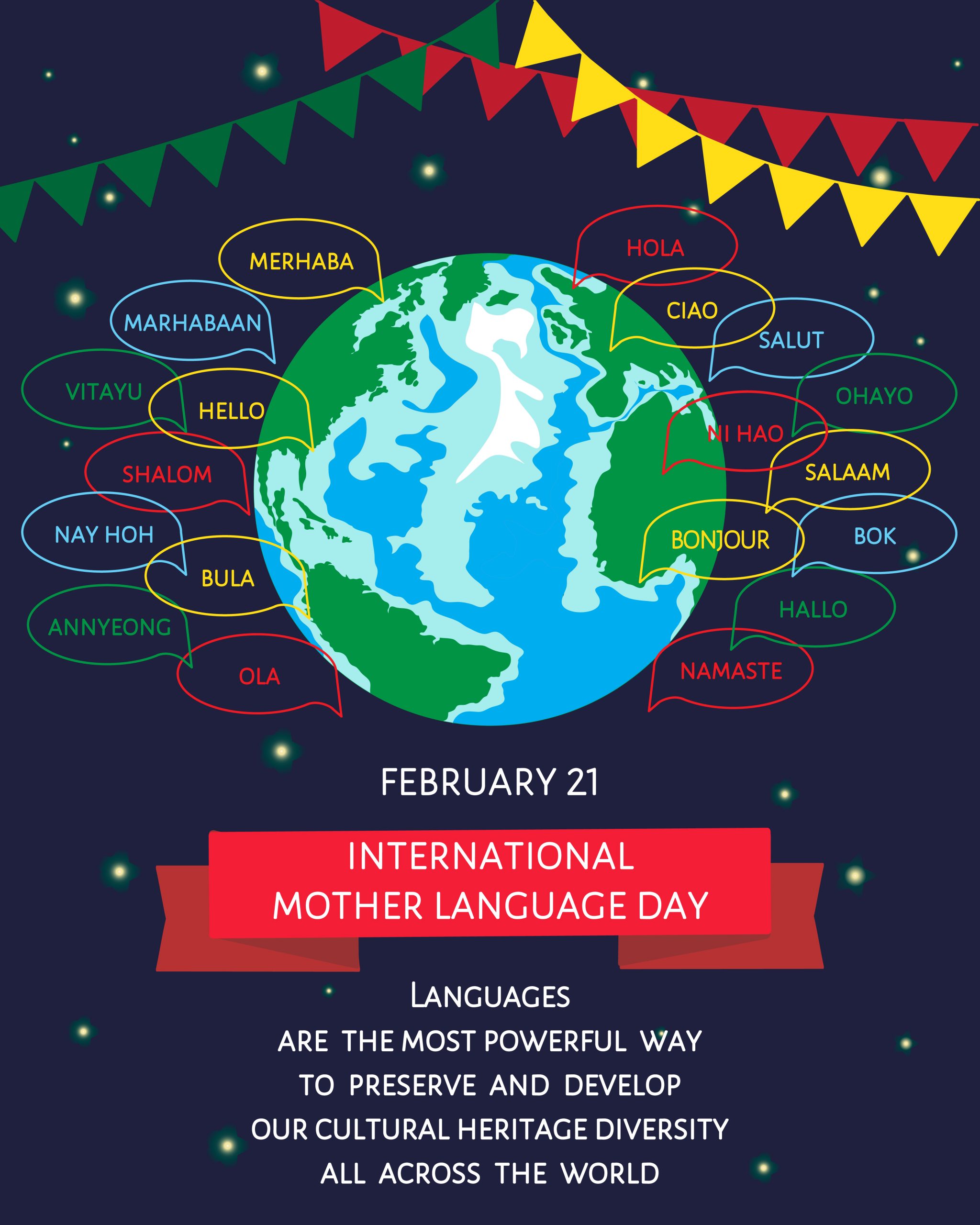
views
International Mother Language Day is observed annually on February 21. Recognised by the United Nations Educational, Scientific, and Cultural Organization (UNESCO) in 1999, the day highlights the importance of linguistic and cultural richness, promoting multilingualism and inclusivity. It emphasises the role of language in achieving sustainable development goals and leaving no one behind. Individuals are increasingly aware of the value language plays in development, cultural preservation, and cross-cultural dialogue. It fosters collaboration and enhances quality education for all.

The day reminds us of the crucial role languages play in identity, culture, and communication. Promoting linguistic diversity and fostering multilingualism are essential for achieving inclusivity, sustainability, and intercultural understanding.
INTERNATIONAL MOTHER LANGUAGE DAY 2024 THEME
The theme for this year selected by UNESCO is ‘Multilingual Education: A Pillar of Intergenerational Learning.’ This theme underscores the critical role languages play in fostering inclusive education and safeguarding indigenous languages.
HISTORY AND SIGNIFICANCE
Following India’s independence in 1947, a linguistic conflict arose in the subcontinent. In 1948, Pakistan declared Urdu its sole official language, sparking protests in East Pakistan (current-day Bangladesh), where Bengali dominated.
On February 21, 1952, students at Dhaka University in Bangladesh stood their ground, determined to protect the sanctity of their mother tongue, Bangla. Despite the East Pakistani government outlawing meetings and events, the protest saw a massive outpouring of people joining hands to safeguard the existence and prevalence of their mother tongue.
This movement, which resulted in the martyrdom of five students, is now commemorated annually on International Mother Language Day by UNESCO.
International Mother Language Day commemorates their sacrifice and recognizes the value of native languages, particularly in early education. It emphasizes the importance of linguistic diversity and multilingualism.
LANGUAGES IN INDIA AND THE WORLD
With an estimated 7,000 languages spoken globally, India boasts remarkable linguistic diversity. Over 2,000 languages are spoken within its borders, with cultural and linguistic diversity changing every few hundred kilometres.
The Indian Constitution recognizes 22 official languages, including Bengali, Hindi, Tamil, and Marathi. Hindi, Bengali, and Marathi also rank among the world’s most spoken languages, with millions of speakers each. Additionally, India has numerous non-scheduled languages with significant speaker populations.















Comments
0 comment